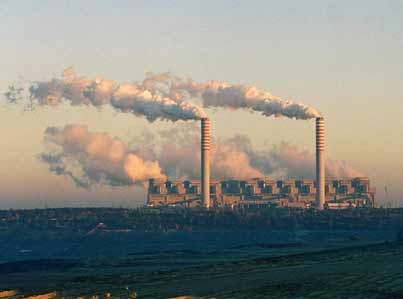New Australian discovery could replace fossil fuels

Australian scientists have developed a new efficient catalyst that converts carbon dioxide from the air into synthetic natural gas in a “clean” process, using solar energy.
Undertaken by University of Adelaide in collaboration with CSIRO, the research could make viable a process that has enormous potential to replace fossil fuels and continue to use existing carbon-based fuel technologies without increasing atmospheric CO2.
The catalyst the researchers have developed effectively drives the process of combining CO2 with hydrogen to produce methane (the main component of the fossil fuel natural gas) and water. Currently, natural gas is one of the main fuels used for industrial activities.
“Capturing carbon from the air and utilising it for industrial processes is one strategy for controlling CO2 emissions and reducing the need for fossil fuels,” says University of Adelaide PhD candidate Renata Lippi, first author of the research published online ahead of print in the Journal of Materials Chemistry A.
“But for this to be economically viable, we need an energy efficient process that utilises CO2 as a carbon source.”
“Research has shown that the hydrogen can be produced efficiently with solar energy. But combining the hydrogen with CO2 to produce methane is a safer option than using hydrogen directly as an energy source and allows the use of existing natural gas infrastructure,” Lippi added.
Crucially for the future development of carbon neutral cars, only a tiny amount of the catalyst is required to kick-start the conversion.









